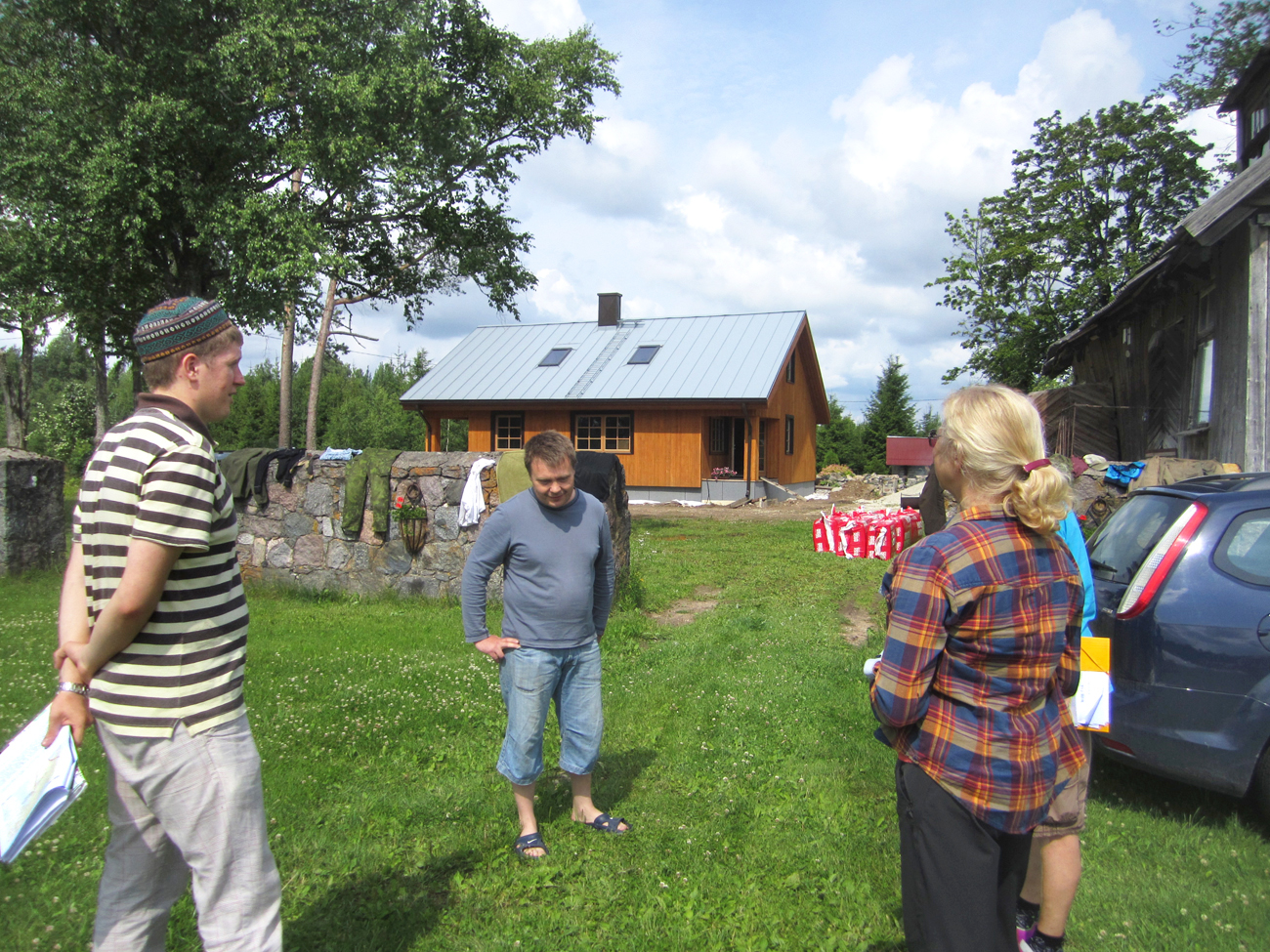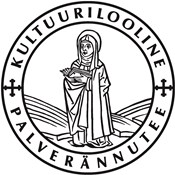Cold Water Tõnu’s water cure facility in the Village of Abaja

In the early 20th century there was a small homestead called Jaagu (now Kingsepa Farm) on the borderland between Abaja and Merja villages. It belonged to Tõnu Kingsepp and his family, who farmed a small plot of land and worked as a village tailor.
Tõnu was an active man: he was in the Home Guard and the Parish Council, he sang in the local choir, and he also fulfilled the tasks of an undertaker taking the villagers on their last journey. In his village, and all over Estonia he was famous for his hot and cold water cure and his electrical massager powered by torch batteries. Cold Water Tõnu’s treatment methods were extremely simple. Sitting baths with herbal remedies and cold water poured over the body were followed by joggings in order to warm up. If need be poultices and compresses were applied, always with herbal remedies. Depending on the nature of illness he added dried grasses, finely chopped oat straw, or pine buds, etc. to the bath water. Tõnu knew herbs like the back of his hand, he knew how to gather, preserve and use them. For treatment he used the water from his well, which was special, even in the summer it was only four-to-five degrees.
Cold Water Tõnu’s interest in folk medicine was awakenend in his youth when he read the book Neue Heilmethode on treating illnesses by means of hydrotherapy. He used the knowledge that he got from the book while treating his assistant Luise who was suffering from rheumatic athritis. As the results of this treatment were promising, Tõnu continued his experiments and slowly his reputation as a healer grew among the people. He used his savings from his tailoring job to build a small water cure facility. Tõnu always said that it was the needle that helped him build his establishment.
The majority of people came to Tõnu’s place in summer. He could accommodate about ten patients simultaneously. Hydrotherapist Tõnu himself treated male patients, his assistant Luise took care of women. The patients had to bring their own food, or buy it in one of the neighbouring farms or the shop, a few kilometres away from Tõnu’s place. Many patients were satisfied with help that they had received from Tõnu while city doctors with their drops and powders had not been able to cure them. Admittedly, there were people whose illnesses were not alleviated or healed.
Tõnu was a self-taught man: he had learned all the techniques on his own. In some cases he wrapped the patients in wet linens soaked in the well water and covered them with a thick blanket, after administering some hot peppermint tea. In some other cases he made his patients walk barefoot, with their legs uncovered up to their knees, to and fro in the long dewy grass at the edge of a bog at sunrise early in the morning. He used the electric massager to soothe sore hands and shoulders of many other patients.
Tõnu was unable to register his water cure establishment officially as he was not able to fulfill all the sanitary requirements. The authorities did not treat him harshly, when Tõnu showed them a guest book filled with thank-you letters from his patients. As there was no fee, the Tax Office turned a blind eye.
Tõnu Kingsepp died on 1 December 1949, when he was 84 years and 11 days old. He was buried in the Koeru Cemetery.
Ründo Mülts, 2016
